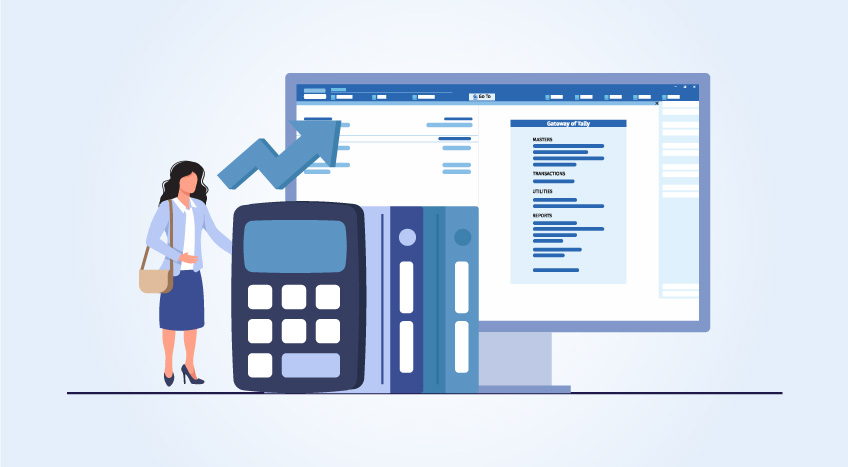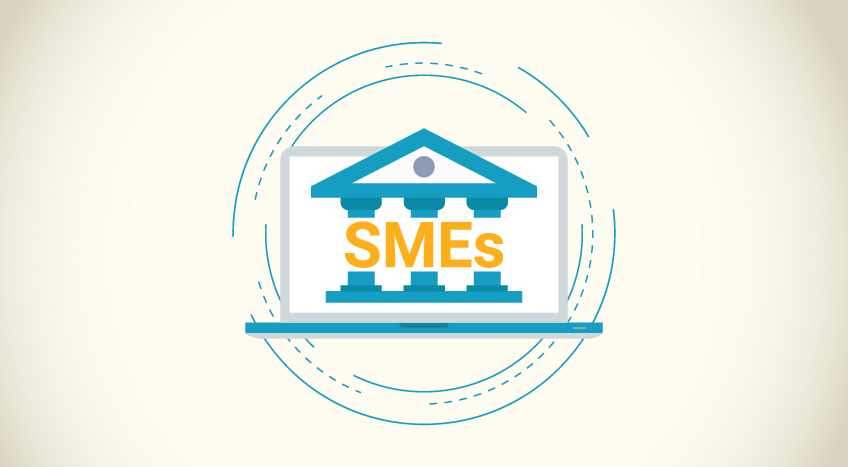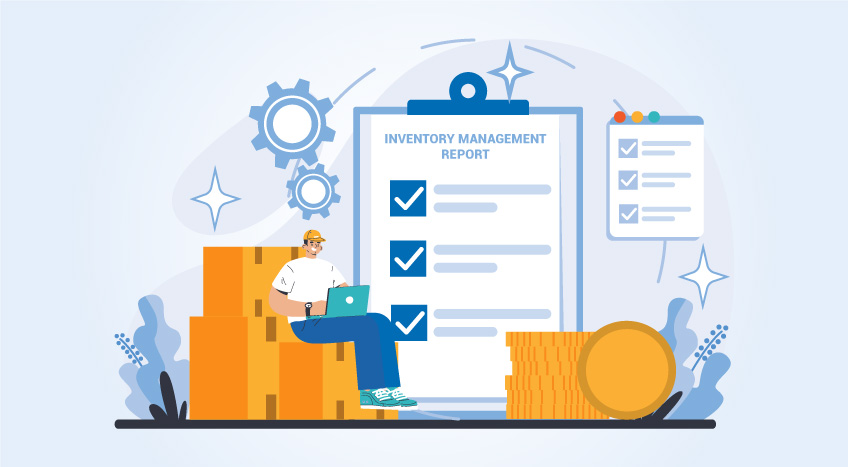- Rules to prepare the trial balance
- Steps to prepare trial balance
- Specimen of trial balance
- Example of trial balance
- Trial balance relevance in modern day accounting
A trial balance is a conglomerate of or a list of debit and credit balances extracted from various accounts in the ledger including cash and bank balances from the cash book. The rule to prepare a trial balance is that the total of the debit balances and credit balances extracted from the ledger must tally. Because every transaction has a dual effect with each debit having a corresponding credit and vice versa.
Therefore, at the end of the accounting period or at the end of each month, the balances of the ledger accounts are extracted, and the trial balance is prepared to test if the total debits are equal to total credits or not.
Rules to prepare the trial balance
The rule to prepare the Trial balance is an equation which is as follows:
| Debit | Credit |
|
All Assets ( Cash in hand, Cash at Bank, Inventory, Land and Building, Plant and Machinery, etc.) Sundry Debtors Expenses ( Carriage Inward, Freight, Rents, rebates and rates, Salary, Commission, etc.) Purchases Losses ( Depreciation, Return inwards, Profit and loss A/c (Dr.), Bad debts, etc.) |
All liabilities ( Bank Overdraft, Secured and unsecured loans, bills payable, Outstanding Payables or expenses, Loan on the mortgage, etc.) Sundry Creditors Reserve fund, general reserve, provision for depreciation, Accumulated depreciation, etc. Sales Gains ( Discount received, Return Outwards, Bad debts recovered, Profit and loss A/c (Cr), etc.) |
Steps to prepare trial balance
The following are the steps to prepare a Trial Balance.
| Step 1 | Cast/ Balance all the ledger accounts in the books. |
| Step 2 | List all the Debit balances on the debit side and sum them up. |
| Step 3 | List all the Credit balances on the credit side and sum them up. |
| Ideally, the Trial Balance should Tally at Step 3. | |
Specimen of trial balance
| SI No | Particulars | L.F | Amount Rp DR | Amount Rp CR |
Example of trial balance
| Accounts | Debit | Credit |
| Cash | 1,02,280 | - |
| Accounts Receivable | 7,500 | - |
| Office Expenses | 2,500 | - |
| Prepaid Rent | 600 | - |
| Prepaid Insurance | 120 | - |
| Office furniture and equipment | 15,000 | - |
| Bank loan | - | 15,000 |
| Accounts Payable | - | 5,000 |
| Unearned Revenues | - | 7,500 |
| Capital | - | 1,00,000 |
| Drawings | 3,000 | - |
| Commission Revenue | - | 12,500 |
| Salary Expenses | 9,000 | - |
| Total | 1,40,000 | 1,40,000 |
Trial balance relevance in modern-day accounting
By now, we are clear that trial balance’s primary objective is to ascertain the accuracy and detection of errors. With the diversity of business operations and the frequent need for financial statements, most businesses are using accounting software for managing the books and generating financial statements. Accounting software like TallyPrime, is designed to ensure that debit and credit always match at the time of recording the transaction itself. Thus, matching the trial balance is a ‘Thing in the Past’, and the traditional need for someone to depend on the trial balance is eradicated.
Most businesses believe using software for accounting gives a sense of reliability that once the transactions are recorded, the reporting aspect is correct and complete.
Explore more Products










